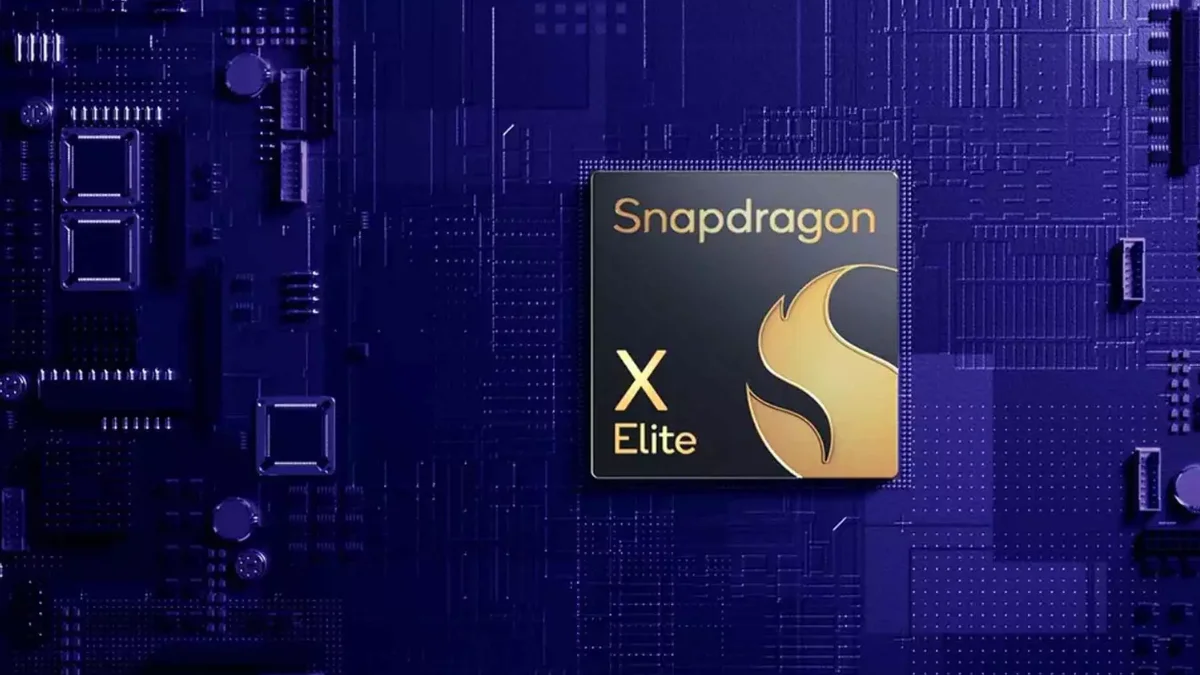Necessary Always Active
Necessary cookies are required to enable the basic features of this site, such as providing secure log-in or adjusting your consent preferences. These cookies do not store any personally identifiable data.
|
||||||
|
||||||
|
||||||
|

In Focus
Qualcomm appears to be laying the groundwork for a new class of Snapdragon X Elite Android PC devices, according to Chrome Unboxed. Recent findings in the Android 16 code repository suggest that the Snapdragon X Elite chipset, known for its desktop-class efficiency, could soon power full-scale Android-based PCs.
The development aligns with Qualcomm’s broader ambitions to expand its Snapdragon X series PC portfolio. This move could position Android as a viable desktop operating system alternative, blurring the line between mobile and PC ecosystems. Recently, Google and Qualcomm have hinted that Android PCs may become a reality.
Related Post – Qualcomm Takes on Intel with New AI-Powered PC Chips
The leak reportedly includes internal codenames such as “purwa,” which insiders believe corresponds to Qualcomm’s Snapdragon X Elite chipset. This suggests an engineering-level integration between Android 16 and Qualcomm’s next-generation ARM processors, a step that could significantly reshape the Android computing scope. In other news, Qualcomm has accidentally announced revealed the date for its upcoming Snapdragon Summit event expected to debut Qualcomm’s Snapdragon 8 Gen 2 chipset shortly.
The inclusion of Snapdragon X Elite leak Android 16 code list entries highlights ongoing development efforts to optimize Android for larger form factors. The chipset, originally designed for Windows on ARM systems, might soon deliver similar energy efficiency and AI-driven performance to Android PCs.
“The evidence points toward Android being tested on Snapdragon X Elite hardware,” Chrome Unboxed reported. “This could mark the beginning of Android-powered PCs with high-end Snapdragon silicon.”
Key Developments at a Glance
Devices powered by Android PC chipset Snapdragon solutions might offer extended battery life, tighter ecosystem integration, and enhanced security through Android’s established architecture.
This initiative could also strengthen Qualcomm’s foothold in the business device market, historically dominated by Intel and AMD. If manufacturers adopt the platform, Snapdragon X Elite Android PC models could attract software developers, system integrators, and IT procurement teams looking for scalable ARM-based solutions.
Industry analysts believe such systems could complement existing Chromebook and Windows ecosystems, serving as lightweight yet capable enterprise devices. While official details remain limited, the consistent pattern of code-level integration reinforces Qualcomm’s strategy to diversify its computing presence.
The potential arrival of Snapdragon X Elite Android PC models signifies a major step toward converged computing. By leveraging Qualcomm’s ARM architecture, manufacturers could design thinner, cooler, and longer-lasting devices while maintaining mobile app compatibility.
For B2B users, this translates into increased flexibility, a unified platform capable of running Android enterprise apps on workstation-grade hardware. If realized, such systems may reduce operational costs while offering enhanced compatibility across mobile and desktop workflows.
As Chrome Unboxed noted, “Android’s evolution into a true PC-class operating system would redefine what’s possible on ARM.”
The integration of Snapdragon X Elite chipsets with Android 16 could signal the emergence of hybrid computing systems, bridging mobile and desktop ecosystems for enterprise environments. While Qualcomm has yet to make an official announcement, the groundwork indicates a decisive move toward performance-oriented Android computing.
For technology leaders and decision-makers, monitoring this space will be critical. The evolution of Snapdragon X Elite Android PC hardware may redefine the standards for portability, performance, and platform unification across business operations.